柚皮素,Naringenin,98%
产品编号:西域试剂-WR343958| CAS NO:480-41-1| MDL NO:MFCD00006844| 分子式:C15H12O5| 分子量:272.25
Naringenin是葡萄柚中主要的黄烷酮; 显示出强烈的抗炎和抗氧化活性。
本网站销售的所有产品仅用于工业应用或者科学研究等非医疗目的,不可用于人类或动物的临床诊断或者治疗,非药用,非食用,
| 产品名称 | 柚皮素 | ||||||||||||||||
|---|---|---|---|---|---|---|---|---|---|---|---|---|---|---|---|---|---|
| 英文名称 | Naringenin | ||||||||||||||||
| CAS编号 | 480-41-1 | ||||||||||||||||
| 产品描述 | Naringenin是葡萄柚中主要的黄烷酮; 显示出强烈的抗炎和抗氧化活性。 | ||||||||||||||||
| 产品熔点 | 247-250 °C(lit.) | ||||||||||||||||
| 产品沸点 | 577.5±50.0 °C at 760 mmHg | ||||||||||||||||
| 产品密度 | 1.5±0.1 g/cm3 | ||||||||||||||||
| 产品闪点 | 224.7±23.6 °C | ||||||||||||||||
| 精确质量 | 272.068481 | ||||||||||||||||
| PSA | 86.99000 | ||||||||||||||||
| LogP | 3.19 | ||||||||||||||||
| 外观性状 | 米色-棕色粉末 | ||||||||||||||||
| 蒸气压 | 0.0±1.7 mmHg at 25°C | ||||||||||||||||
| 折射率 | 1.693 | ||||||||||||||||
| 溶解性 | H2O:<1 mg/mL Ethanol:5 mg/mL (18.36 mM) DMSO:50 mg/mL (183.6 mM) | ||||||||||||||||
| 溶解性数据 | 储备液配制*下述溶液配置方法仅为基于分子量计算出的理论值。不同产品在配置溶液前,需考虑其在不同溶剂中的溶解度限制。
| ||||||||||||||||
| 体外研究 | 柚皮素显示抑制HepG2细胞的增殖,部分原因是细胞周期的G0 / G1期和G2 / M期细胞积聚。已经证明柚皮素可以诱导细胞凋亡,这可以通过细胞核损伤和凋亡细胞比例增加来证明。 Naringenin触发线粒体介导的细胞凋亡途径,如Bax / Bcl-2比例增加,随后细胞色素C释放和caspase-3顺序激活所示。柚皮素暴露显着降低A431细胞的细胞活力,同时以剂量依赖性方式伴随核浓缩和DNA片段化的增加。细胞周期研究表明,柚皮素诱导细胞周期G0 / G1期细胞周期停滞,caspase-3分析显示caspase-3活性呈剂量依赖性增加,导致细胞凋亡。 | ||||||||||||||||
| 体内研究 |
*上述方法来自公开文献,仅供相同目的实验参考。如实验目的、材料、方法不同,请参考其他文献。 | ||||||||||||||||
| 细胞实验 | 将柚皮素溶解在DMSO中并在细胞培养基中稀释。用PBS冲洗细胞并在含有各种浓度的柚皮素(50,100,150,200,250,300μM)的培养基中生长。溶剂DMSO处理的细胞用作对照。处理24小时后,除去培养基并用含有MTT的另一种培养基替换。使用MTT测定法测量细胞活力。 | ||||||||||||||||
| 动物实验 | 大鼠:制备半纯化的粉末饮食,用于浓度为柚皮素:0,0.003,0.006和0.012%的饮食。适应7天后,将大鼠分成四组中的一组,每组六只动物,并喂食半纯化的实验饮食6周。实验饮食含有16%脂肪,45.5%蔗糖和不同的柚皮素浓度(0,0.003,0.006或0.012%)(表1)。在研究期间,大鼠可随意获取食物和水。在整个实验过程中测量食物摄入量和体重。小鼠:8至12周龄的小鼠随意喂食啮齿动物标准饮食或含有42%来自脂肪加胆固醇(0.05%wt / wt)的卡路里的高脂肪饮食。柚皮素以1%或3%(wt / wt)加入西方饮食中。 Ldlr - / - 小鼠喂养4周,C57BL / 6J小鼠喂养30周。每天测量食物摄入量,每两周测量一次体重。在干预前将小鼠禁食6小时。 | ||||||||||||||||
| 稳定性 | 避免与不相容材料接触。与强氧化剂反应。 | ||||||||||||||||
| 储存条件 | 密封储存,储存于阴凉、干燥的库房。 | ||||||||||||||||
相关文档
化学品安全说明书(MSDS)
下载MSDS质检证书(COA)
相关产品
| 危害码 (欧洲) | Xn:Harmful |
|---|---|
| 风险声明 (欧洲) | R22;R36/37/38 |
| 安全声明 (欧洲) | S26-S36-S37/39 |
| WGK德国 | 3 |
| 海关编码 | 2932999099 |
Synonym:Naringenin Section 2 - COMPOSITION, INFORMATION ON INGREDIENTS
Risk Phrases: 36/37/38 Section 3 - HAZARDS IDENTIFICATION EMERGENCY OVERVIEW
Irritating to eyes, respiratory system and skin. Potential Health Effects Eye: Causes eye irritation. May cause chemical conjunctivitis. Skin: Causes skin irritation. Ingestion: May cause gastrointestinal irritation with nausea, vomiting and diarrhea. The toxicological properties of this substance have not been fully investigated. Inhalation: Causes respiratory tract irritation. The toxicological properties of this substance have not been fully investigated. Can produce delayed pulmonary edema. Chronic: Effects may be delayed. Section 4 - FIRST AID MEASURES Eyes: Immediately flush eyes with plenty of water for at least 15 minutes, occasionally lifting the upper and lower eyelids. Get medical aid. Skin: Get medical aid. Flush skin with plenty of water for at least 15 minutes while removing contaminated clothing and shoes. Wash clothing before reuse. Ingestion: Never give anything by mouth to an unconscious person. Get medical aid. Do NOT induce vomiting. If conscious and alert, rinse mouth and drink 2-4 cupfuls of milk or water. Wash mouth out with water. Inhalation: Remove from exposure and move to fresh air immediately. If not breathing, give artificial respiration. If breathing is difficult, give oxygen. Get medical aid. Do NOT use mouth-to-mouth resuscitation. Notes to Physician: Treat symptomatically and supportively. Section 5 - FIRE FIGHTING MEASURES General Information: As in any fire, wear a self-contained breathing apparatus in pressure-demand, MSHA/NIOSH (approved or equivalent), and full protective gear. During a fire, irritating and highly toxic gases may be generated by thermal decomposition or combustion. Runoff from fire control or dilution water may cause pollution. Extinguishing Media: Use foam, dry chemical, or carbon dioxide. Section 6 - ACCIDENTAL RELEASE MEASURES General Information: Use proper personal protective equipment as indicated in Section 8. Spills/Leaks: Vacuum or sweep up material and place into a suitable disposal container. Clean up spills immediately, observing precautions in the Protective Equipment section. Avoid generating dusty conditions. Provide ventilation. Section 7 - HANDLING and STORAGE Handling: Minimize dust generation and accumulation. Avoid breathing dust, vapor, mist, or gas. Avoid contact with eyes, skin, and clothing. Keep container tightly closed. Avoid ingestion and inhalation. Use with adequate ventilation. Wash clothing before reuse. Storage: Store in a tightly closed container. Store in a cool, dry, well-ventilated area away from incompatible substances. Section 8 - EXPOSURE CONTROLS, PERSONAL PROTECTION Engineering Controls: Facilities storing or utilizing this material should be equipped with an eyewash facility and a safety shower. Use adequate ventilation to keep airborne concentrations low. Exposure Limits CAS# 480-41-1: Personal Protective Equipment Eyes: Wear appropriate protective eyeglasses or chemical safety goggles as described by OSHA's eye and face protection regulations in 29 CFR 1910.133 or European Standard EN166. Skin: Wear appropriate protective gloves to prevent skin exposure. Clothing: Wear appropriate protective clothing to prevent skin exposure. Respirators: A respiratory protection program that meets OSHA's 29 CFR 1910.134 and ANSI Z88.2 requirements or European Standard EN 149 must be followed whenever workplace conditions warrant respirator use. Section 9 - PHYSICAL AND CHEMICAL PROPERTIES Physical State: Powder Color: beige - brown Odor: Not available. pH: Not available. Vapor Pressure: Not available. Viscosity: Not available. Boiling Point: Not available. Freezing/Melting Point: 247 - 250 deg C Autoignition Temperature: Not available. Flash Point: Not available. Explosion Limits, lower: Not available. Explosion Limits, upper: Not available. Decomposition Temperature: Solubility in water: Specific Gravity/Density: Molecular Formula: Molecular Weight: 272.26 Section 10 - STABILITY AND REACTIVITY Chemical Stability: Stable at room temperature in closed containers under normal storage and handling conditions. Conditions to Avoid: Incompatible materials, dust generation, excess heat, strong oxidants. Incompatibilities with Other Materials: Oxidizing agents. Hazardous Decomposition Products: Carbon monoxide, irritating and toxic fumes and gases, carbon dioxide. Hazardous Polymerization: Has not been reported Section 11 - TOXICOLOGICAL INFORMATION RTECS#: CAS# 480-41-1: DJ2981530 LD50/LC50: Not available. Carcinogenicity: 4',5,7-Trihydroxyflavanone - Not listed by ACGIH, IARC, or NTP. Other: See actual entry in RTECS for complete information. Section 12 - ECOLOGICAL INFORMATION Section 13 - DISPOSAL CONSIDERATIONS Dispose of in a manner consistent with federal, state, and local regulations. Section 14 - TRANSPORT INFORMATION IATA Shipping Name: Not regulated. Hazard Class: UN Number: Packing Group: IMO Shipping Name: Not regulated. Hazard Class: UN Number: Packing Group: RID/ADR Shipping Name: Not regulated. Hazard Class: UN Number: Packing group: Section 15 - REGULATORY INFORMATION European/International Regulations European Labeling in Accordance with EC Directives Hazard Symbols: XI Risk Phrases: R 36/37/38 Irritating to eyes, respiratory system and skin. Safety Phrases: S 26 In case of contact with eyes, rinse immediately with plenty of water and seek medical advice. S 37/39 Wear suitable gloves and eye/face protection. WGK (Water Danger/Protection) CAS# 480-41-1: No information available. Canada None of the chemicals in this product are listed on the DSL/NDSL list. CAS# 480-41-1 is not listed on Canada's Ingredient Disclosure List. US FEDERAL TSCA CAS# 480-41-1 is not listed on the TSCA inventory. It is for research and development use only. SECTION 16 - ADDITIONAL INFORMATION N/A |
| 上游产品 6 | |
|---|---|
| 下游产品 10 | |

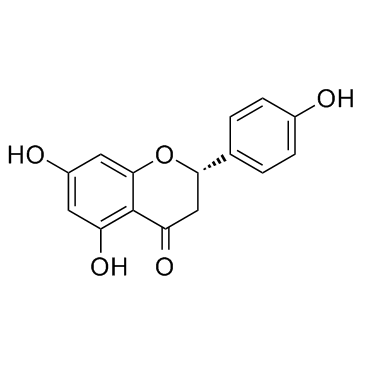
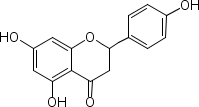

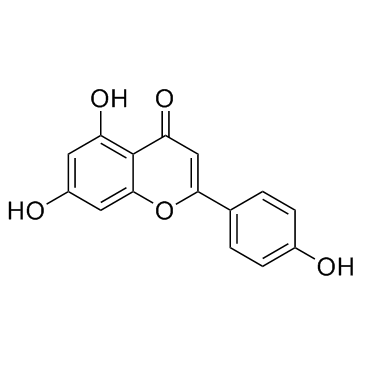
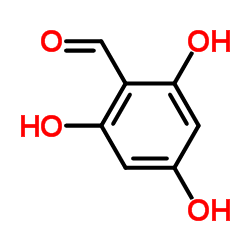
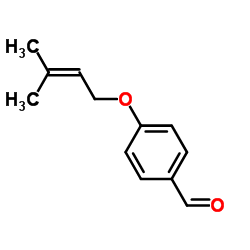
![1-[2-羟基-4,6-双(甲氧基甲氧基)苯基]乙酮结构式](/20230522/65490-09-7.png)
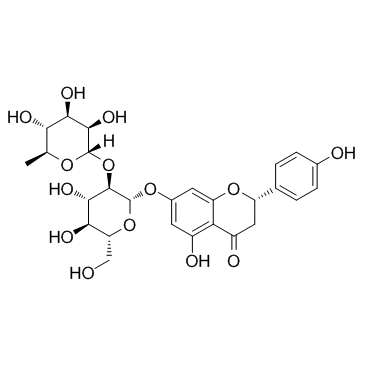

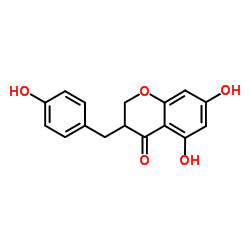
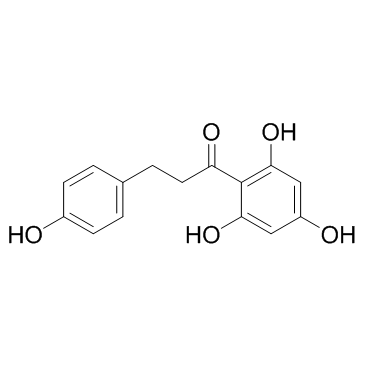
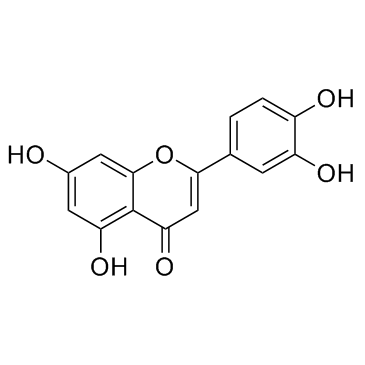

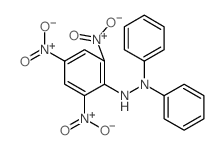
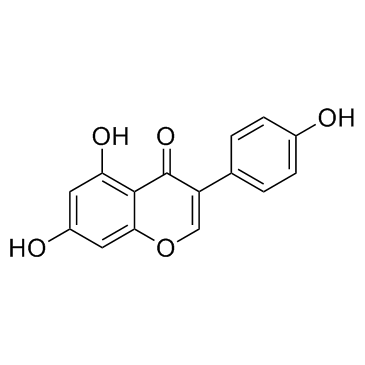
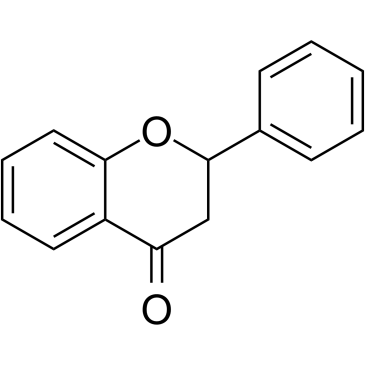
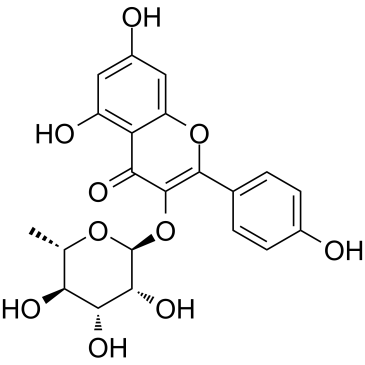
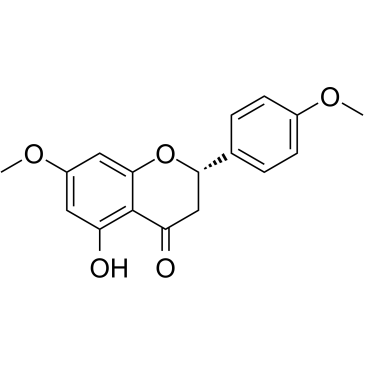
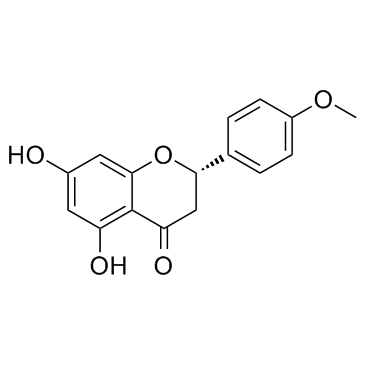





 浙公网安备 33010802013016号
浙公网安备 33010802013016号